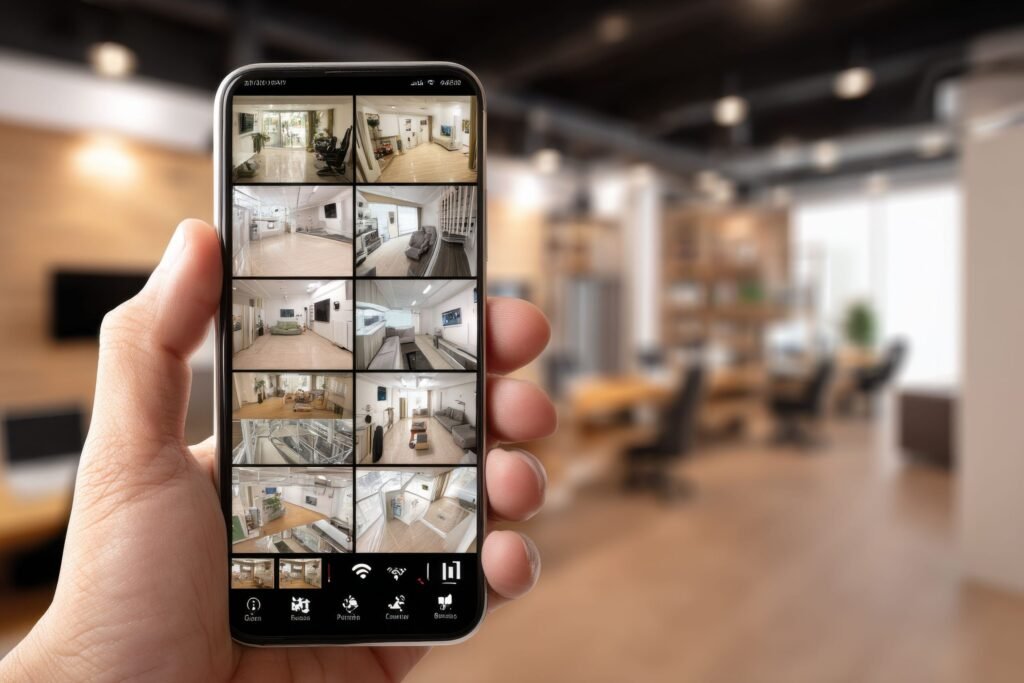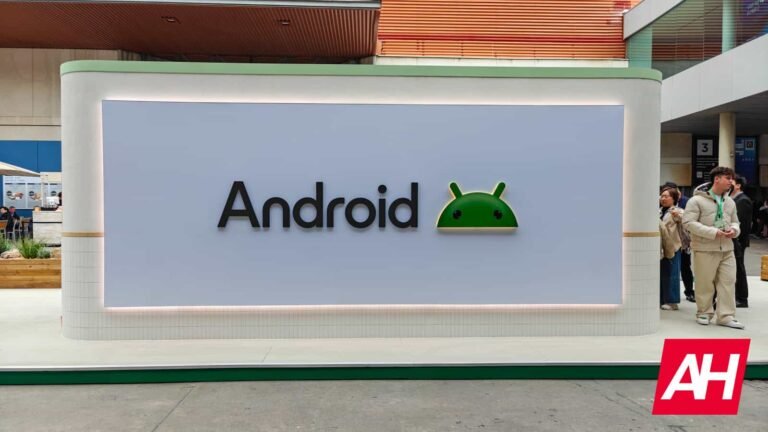

Home security has come a long way, from the traditional padlocks to smart home locks. Modern smart locks, such as video doorbells and fingerprint access, have proven more efficient, convenient, and secure. They allow homeowners to be more involved in their home security systems through app control and activity monitoring.
When buying smart home locks, it’s essential to consider that there isn’t a one-size-fits-all solution. There are a variety of factors that you need to consider when deciding on your home safety. This article will guide you on the different factors you need to focus on before installing a smart lock in your home:
Types of Locks
Smart home locks come in different types, each with unique attributes. The simplest form is a keypad lock, which requires entering a numeric code to gain access. It offers keyless convenience, and each family member can access it if they have the code. However, the access code must be renewed regularly for the best security features.
Biometrics, such as facial recognition and fingerprint access, are other good considerations for your home. They’re more advanced than keypad locks, as biometric features such as fingerprints can not be lost or guessed. However, the fingerprint reader may malfunction in some cases, such as when the fingers are wet or greasy.
Bluetooth and Wi-Fi enabled locks provide the ultimate smart home integration and security. These smart home locks are made to be managed by an easy-to-use app that you can download right from the Google Play Store. This connectivity allows you to lock or unlock the door remotely, monitor activities, and grant guests access permissions.
Compatibility With Your Home
Before purchasing a smart home lock, consider its compatibility with other systems. If your home’s hardware and software do not support the smart lock, it can lead to performance issues and compromise your security. For instance, consider a smart lock that doesn’t match the door’s thickness and latch mechanism. This could cause the door not to lock, which would be a significant safety issue.
Besides the physical issue, factor in your home’s smart ecosystem. The best smart door locks should easily integrate with other tools such as Google Assistant, Amazon Alexa, Google Home, or Apple HomeKit. If you already have these smart devices in smart, then go for a lock that can integrate with them to avoid compatibility issues.
Additionally, consider whether the code can be installed easily in your home. Some smart locks require professional installation, especially with hardwiring or complex configurations, to get the access controls correctly. On the other hand, some are simple and can be completed with simple DIY setups.
Security Features

The key priority of a good smart lock should always be smart security, even though convenience is a good selling point. One thing to look at is the encryption system in the smart locks. This will prevent hackers from intercepting your smart door locks data and gaining access to your home.
Another security measure you should consider for your lock is 2FA. This extra layer of security ensures that guests have to input a second method, such as a PIN code sent via text or fingerprint recognition, even when they have access codes to the house. This reduces the chances of unauthorized access, even if someone steals your phone or guesses your password.
Finally, remote monitoring is a must for a food smart lock system. You should be able to see who’s entering or leaving your house in real-time. Some locks can also allow you to set specific notifications, such as alerts when someone opens the door at unusual times, keeping you alert.
Power Source and Backup Option
Smart locks operate on power, so a backup option is essential to their operation. Most smart locks use replaceable AA batteries, which makes them easy to install and maintain. However, battery life can vary based on features and usage, so it’s essential to check if the battery needs replacing to avoid the smart lock malfunctioning or locking you out.
First, you should create a lock with a battery indicator to alert your app once the battery is low. Alternatively, you can hardwire the lock to your home’s electrical system to reduce the need to replace the smart lock batteries. However, it can be problematic during power outages and costly to install and maintain.
You should also choose a smart lock with backup options that can be used to operate the smart door lock in an emergency. Many smart locks come with a traditional keyhole, allowing you to unlock the door manually if the smart features fail.
Cost and Installation Considerations
The cost of smart locks varies depending on their features and brands. Simple locks, such as those that are keypad-enabled, are affordable. However, more advanced digital door-locking technology costs more, such as fingerprint readers and voice-control locks. It’s, therefore, crucial to set a budget and weigh the cost against your future needs.
You should also factor in installation expenses. While some smart locks are designed for easy DIY installation, others may require professional assistance. Professional installation ensures the smart lock is installed correctly but can add to the overall cost.
Finally, consider any additional costs associated with integrating the lock into your smart home system. Some locks require a separate hub or subscription service to unlock their full functionality. Be sure to account for these potential expenses when deciding which lock is right for you.
Final Thoughts
Smart locks offer a convenient and modern approach to home security, but choosing the right one requires careful consideration. You should consider factors such as wireless connectivity, compatibility with smart devices, power sources, remote control, and cost. With these considerations, you can make your keyless entry more secure and convenient.
The post Smart Home Locks: What You Need To Know Before Installing appeared first on Android Headlines.
